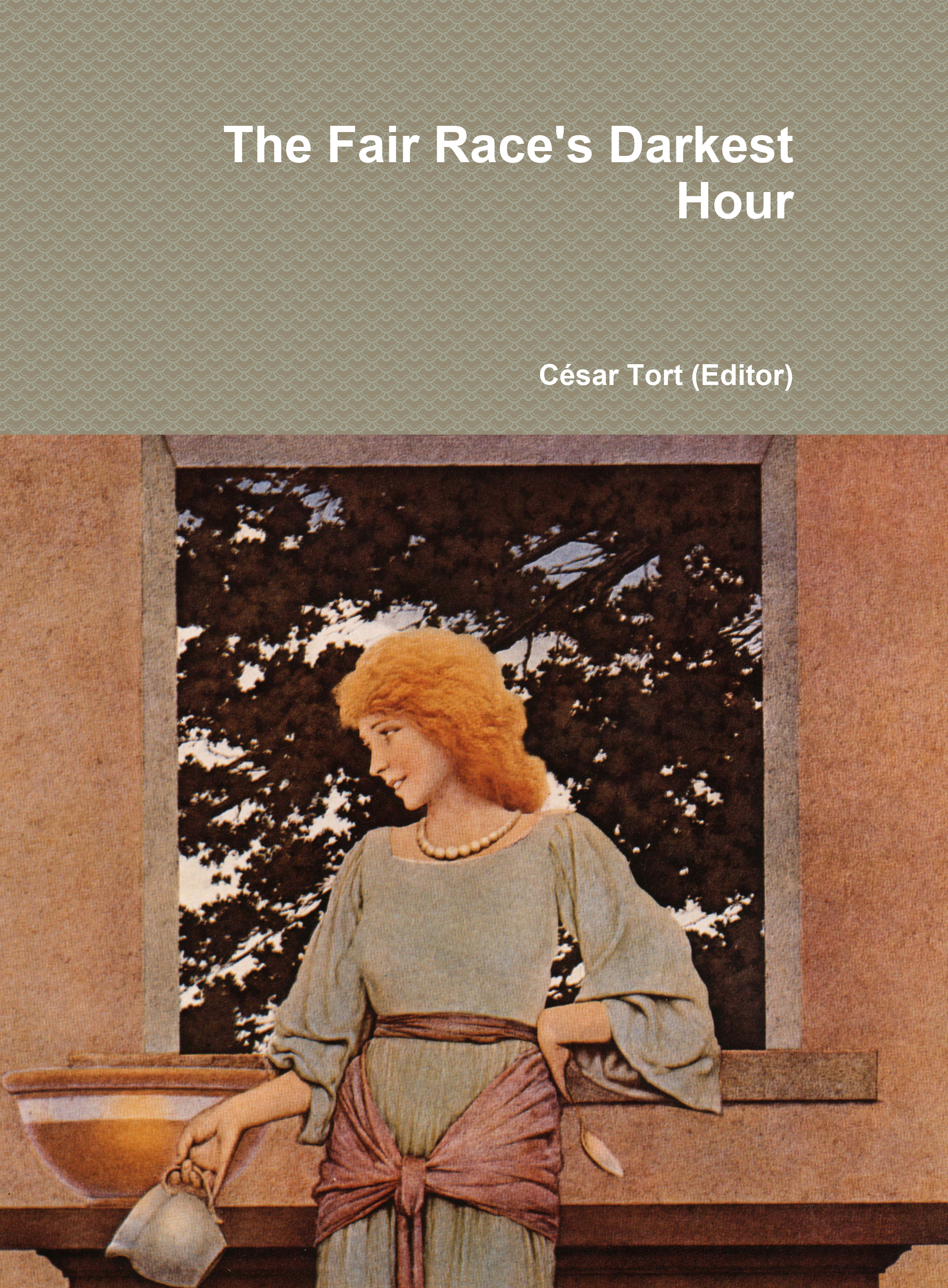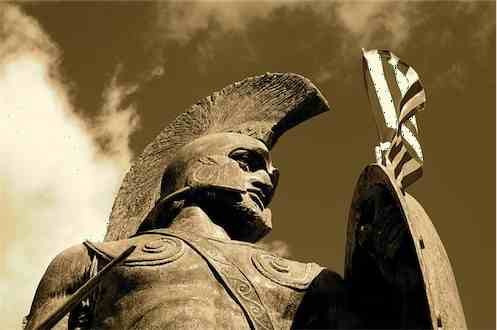If our classics, for proper assimilation, must be read on paper why aren’t white nationalists devouring the printed books of Ostara Publications? Recently, after purchasing Hans Günther’s The Racial Elements of European History I was surprised to see that in the US there existed flourishing Nordicist societies when my grandparents were young. (Because of the outcome of the Second World War, now those societies are long gone.)
As explained in my previous post, white nationalists usually respond with emotional non-sequiturs when confronted with the ABC of physical anthropology, or more specifically raciology (human race studies). Starting with Gobineau (1816-1882), there is a breach between the ideas of our classics that culminated in the Third Reich, and the egalitarian ideology of American white nationalists who, religiously, believe that all whites have been created equal.
Not even so-called race realists try to define scientifically the concept of “White” or “Aryan.” To bridge the gap between us I have now extensively reviewed, corrected the many syntactic mistakes of the original translation, and substantially abridged and adapted “The New Racial Classification,” published in Spanish some years ago on the site Evropa Soberana.

For those who will take the trouble of saving this jewel of the novel approach to raciology in their hard drives, pay special attention to the following sentences keeping in mind the second interpretation of the 14 words:
The White Nordid race, even before being identified as such, has been taken in many cases (the classical era, the Renaissance, neoclassicism, German Nazism) as a prototype and an ideal goal to achieve… Abundance of athletic and active women, attractive and of great beauty, have resulted in a very high reproductive success of White Nordid maternal lineages.
But the most beautiful race has an Achilles heel:
…also innocent, unable to cheat and useless in diplomacy. This race is not shrewd not because it lacks intelligence but due to an “angelical” way of understanding the world. This makes them vulnerable in a degraded and debased modern society, so that darker and more primitive racial types tend to take advantage of them. This race represents the myth of the unworried and trusting Siegfried and the “stab on the back” archetype.
As Aryan males are allowing their women to become increasingly debauched with mudbloods, sand-niggers and even niggers—:
The only option in this regard would be biopolitics, biosocial engineering, and a positive eugenics program to rescue the hereditary information that remains, hidden and badly combined, in the genetic pool of the modern “white race.”
Inspired in a Nietzschean sentence from The Antichrist, when interracial sex produces mongrels I call miscegenation the sin against the holy ghost. It is unforgivable because it took an extremely long time to create the White Nordid race, and this generation—the worst generation ever since Prehistory—is destroying the labor of millennia within a single generation!
Geneticists believe that 850,000 years of isolation and segregated selection to be necessary for the development of the extraordinary White Nordid phenotypic traits… Even so, it seems difficult that a race like the White Nordid has arisen randomly and by chance: it seems to be the result of a “directed evolution.”
Sexual selection, an intuitive knowledge of the 14 words, was apparently the driver in the prehistorical times of the peoples whose descendents have produced the West.
I can only hope that Nordicist societies flourish again in the US once white nationalism gives way to the much saner and coherent worldview of National Socialism.
Since the text “The New Racial Classification” is a mini-book I have now made it available in PDF so that it may be printed for a comfortable reading in English: [1]
https://westsdarkesthour.com/wp-content/uploads/2016/12/racial-clasif.pdf
_________________
[1] The PDF appears exactly as it will be seen in the forthcoming 2017 edition of The Fair Race’s Darkest Hour.
 Exactly the same can be said about homosexuality. We don’t need to find inspiration in ISIS in trying to figure out what should a Fourth Reich do with the homo problem. Find inspiration in how Himmler dealt with it! (Those who argue that the Greco-Roman world accepted homosexuality should become better acquainted with the classic literature, as in those times the pederasts had to ask permission to the father before seducing the adolescent.)
Exactly the same can be said about homosexuality. We don’t need to find inspiration in ISIS in trying to figure out what should a Fourth Reich do with the homo problem. Find inspiration in how Himmler dealt with it! (Those who argue that the Greco-Roman world accepted homosexuality should become better acquainted with the classic literature, as in those times the pederasts had to ask permission to the father before seducing the adolescent.)




